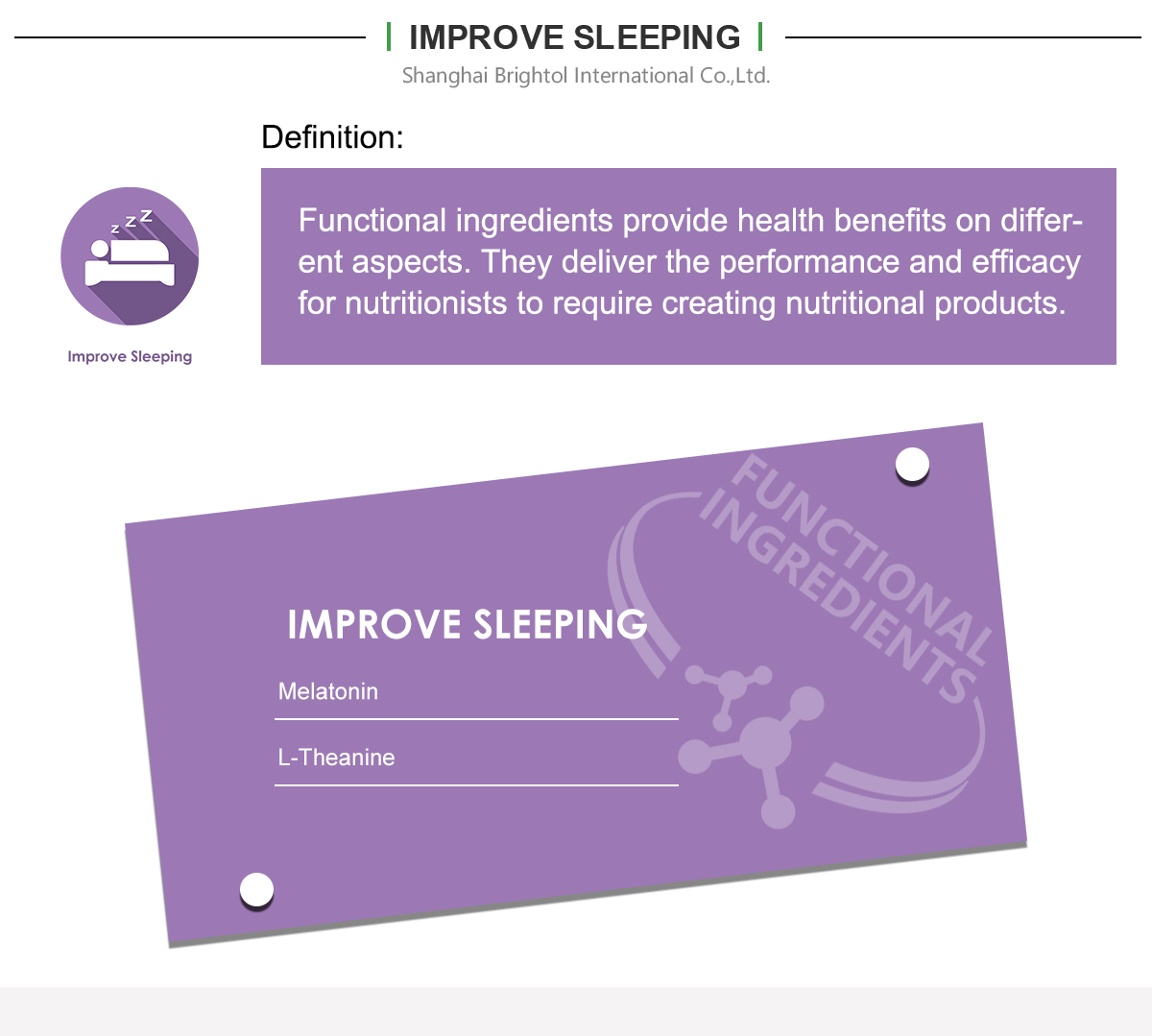

Product Name: Palmitoylethanolamide (PEA)
Synonyms: N-(2-Hydroxyethyl)hexadecanamide; PEA; Palmidrol
Molecular Formula: C18H37NO2
Molecular Weight: 299.49
CAS No.: 544-31-0
EINECS: 208-867-9
Description:
Palmitoylethanolamide (PEA) is a substance found naturally occurring in the body and it is crucial in treating chronic and neuropathic pain. PEA was discovered back in 1957 by scientists who were trying to extract it from soybean lecithin. It is produced in the body as a fatty acid amide, meaning it’s a combination made up of a fatty acid and an amine. Fatty acid amides are found in many parts of the body and play a role in the process of biochemical signaling.


Product Name: Palmitoylethanolamide (PEA)
Synonyms: N-(2-Hydroxyethyl)hexadecanamide; PEA; Palmidrol
Molecular Formula: C18H37NO2
Molecular Weight: 299.49
CAS No.: 544-31-0
EINECS: 208-867-9
Description:
Palmitoylethanolamide (PEA) is a substance found naturally occurring in the body and it is crucial in treating chronic and neuropathic pain. PEA was discovered back in 1957 by scientists who were trying to extract it from soybean lecithin. It is produced in the body as a fatty acid amide, meaning it’s a combination made up of a fatty acid and an amine. Fatty acid amides are found in many parts of the body and play a role in the process of biochemical signaling.
PEA can also be found in foods that we take including eggs, peanuts, and milk. Also, because it can be produced in the body (endogenous), PEA may be found in different parts including the spinal cord and brain. There have been interesting findings that the pain hypersensitivity, which occurs when there is constriction of the sciatic nerve has been linked to reduced levels of endogenous PEA in the brain and the spinal cord; these are areas that are directly or indirectly implicated in the nociception process. Nociception is the response by the sensory nervous system to some harmful stimuli.
Health Benefits:
1. Fibromyalgia
2. Depression/Anxiety
3. Nootropic
4. Chronic Regional Pain Syndrome (CRPS)
5. Nerve pain
6. Glaucoma
7. Arthritis
8. Influenza and/or Common Cold








